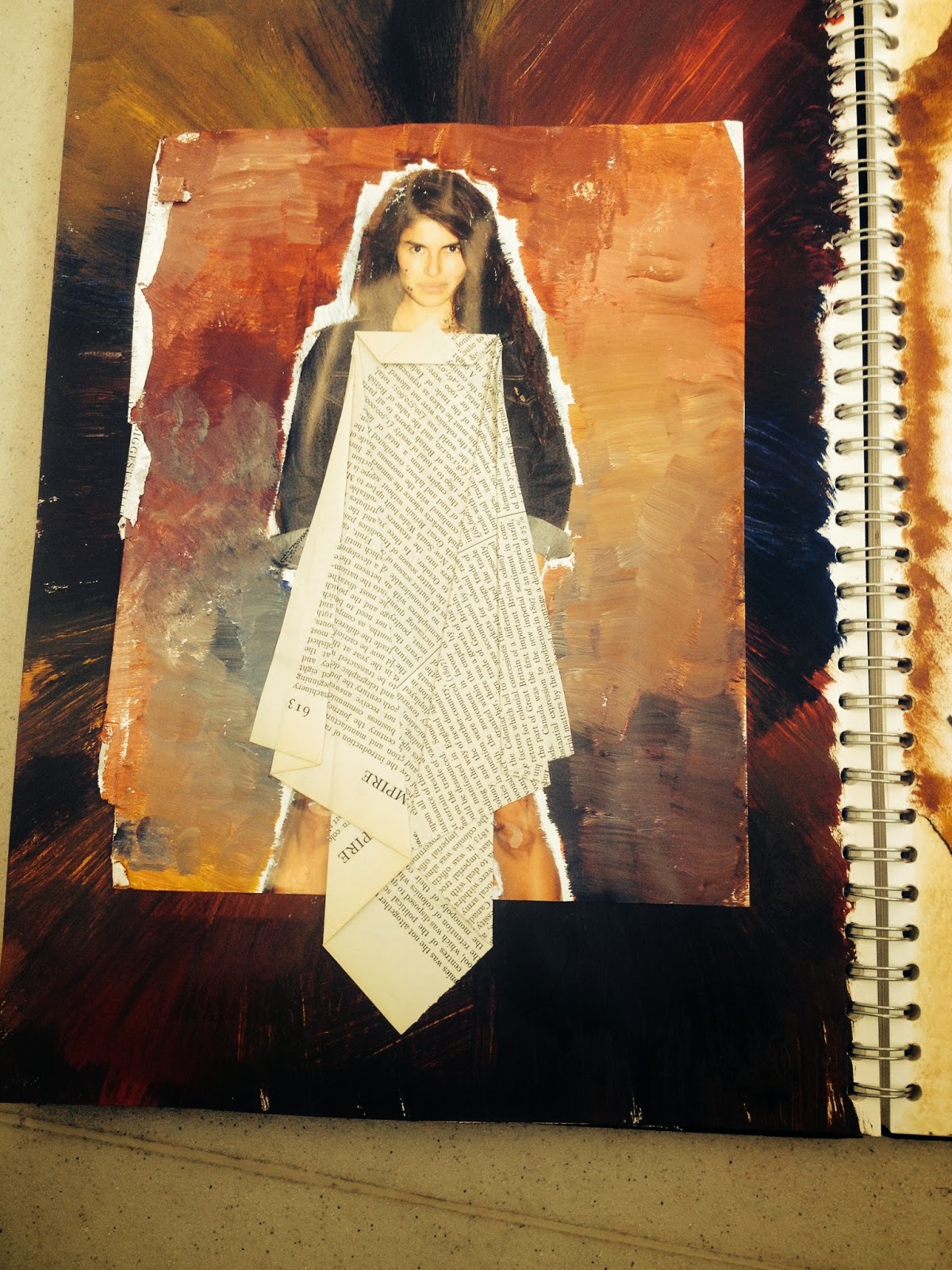Today I started on the idea I proposed for the fabric pattern.
I have scanned in part of the textiles origami inspired sample and using Adobe Illustrator I've started to trace the lines for the pattern that will create the boarders for the windows of pattern to be seen through.
I've been using the pen tool to draw the lines to get the initial boarders however once I have finished drawing the rest I need to go back and edit the shapes.
At the moment the boarders look too sharp and heavily structured and I'd prefer them to be more softer and more natural like in the original sample .



























